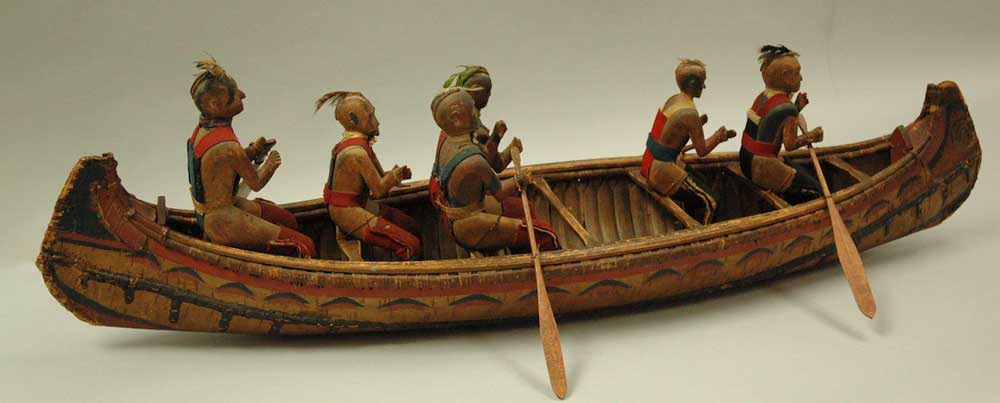Digitally reuniting Great Lakes heritage materials from around the world

Artifacts from the Anishinaabe, Haudenosaunee, Wendat, Cree and Métis cultures of the Great Lakes region of Turtle Island are scattered across museums and archives in North America and Europe, often at a great distance from the knowledge, memories and perspectives of the Indigenous communities to whom they belong and by whom they were created.
Support from the Critical Digital Humanities Institute’s Emerging Project Fund and Graduate Student Fellowships enabled the creation of the Knowledge Sharing Platform, a public-facing website for the Great Lakes Research Alliance for the Study of Aboriginal Arts & Cultures (GRASAC). It serves as an archival database, answering the call from GRASAC Elders and Indigenous artists who encouraged GRASAC to make historical information more accessible.
“The funding from CDHI was essential in the hiring of technical expertise in wireframing and ontological designs through Métis digital heritage expert Richard Laurin,” say GRASAC directors Cara Krmpotich, a professor in the Faculty of Information, and Heidi Bohaker, a professor in the Department of History in the Faculty of Arts & Science.
The Knowledge Sharing Platform brings together more than 5,000 records related to cultural belongings, dispersed in museums and archives around the world, and 17,000 records of Anishinaabemowin and Cayuga vocabulary. The new platform will advance research and tools on Indigenous digital heritage and data sovereignty as well as Indigenous governance and treaty histories. It also seeks to support the work of language revitalization, Indigenous artists and community history.